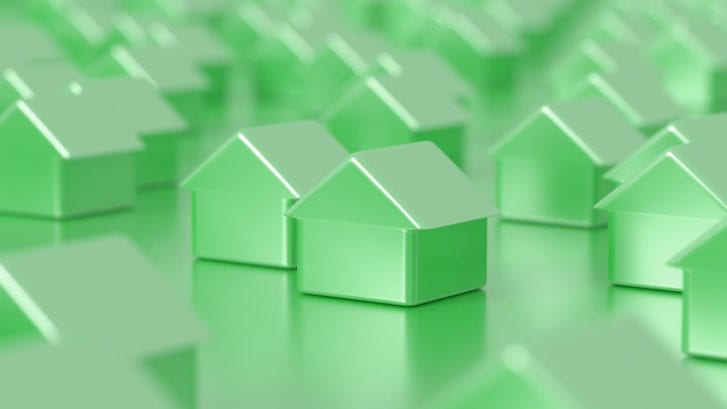The City of Austin recently loosened accessory dwelling unit (ADU) regulations and homeowners and builders are ramping up construction at an unprecedented rate. Private money lenders and institutional lenders are seeing a major uptick in construction loan requests for ADUs. What are the policy changes driving this demand? What are people building? What are the implications for the Austin real estate market?
What is an ADU?
An ADU or accessory dwelling unit is a secondary unit on a single family property. These are stand-alone, fully livable structures often referred to as secondary apartments or granny flats. What makes them so important in Austin is that they are the easiest way to maximize the development potential of a residential property. The only other ways to get another unit on a single-family property would be to subdivide or rezone. These accessory dwelling units can be completely detached and can also be separated legally through a simple condo regime. That means they can be sold independently from the main structure.
Little City Investments funds rehabs and new construction! Request a loan today.
What Austin accessory dwelling unit regulations changed?
You can read about all of the changes here, but the changes we’re most concerned with are that the maximum allowable ADU size increased from 850 SF to 1100 SF and the minimum lot size decreased from 7000 SF to 5750 SF. So now, not only can you build a larger secondary unit, you also don’t have to own an unusually large lot to do so. These two adjustments opened up ADU possibilities for most single-family residential properties in the city.
That said, what did not change is base zoning requirements like FAR and impervious cover. Those constraints will supersede these changes in all cases.
What are people building?
In a vast majority of cases, property owners and developers are building completely separate structures in the backyard of single family properties. They max out the square footage to 1100 SF which allows for two-bedroom, and sometimes even three-bedroom, houses. These houses are reached by a common drive serving both units. The property is divided by a condo regime, and the ADUs are sold or rented.
While these secondary units do adversely affect the value of the main house due to removal of most of the yard, they more than make up for that in sale/rental value. A significant number of developers are now building in ADUs on spec rehab and construction projects. At this point, building an accessory dwelling unit in Central Austin makes financial sense whether the primary structure is new or not.
Little City Investments provides construction financing. Learn more now.
How are these new ADUs going to affect the real estate market?
This one is hard to answer because we are only now seeing the first wave hit the market. As of today, they are selling well. Austin buyers have been used to the duplex setup for years now, and this is really only a better iteration of that: More privacy with no shared walls. Plus these units, while you wouldn’t call them affordable housing, are the most affordable option for new, free-standing houses in Central Austin. There is demand from buyers who want to live close in, don’t care much about a yard and don’t need more than 1100 SF.
But we will have to keep a close eye on the situation. A bubble may form as more and more ADUs are built. Now when a property in Central Austin is developed, it will most likely have an A unit and a B unit. This is essentially doubling the number of residences hitting the market. This new inventory will need to match consumer demand, and Austin will need to continue its growth rate for this to happen. Which it is, with a new medical school and large companies continuing to move to town.
For those of us bullish on Austin’s future, we see this ADU boom as helping the infill problem and hopefully facilitating our path to becoming a better-functioning mid-density city. As of now, the Austin market is demanding this new development in central areas. But if enough property owners get dollar signs in their eyes and flood the market with ADUs, there could be a tipping point where supply outstrips demand. But barring that, accessory dwelling units should continue to be a vital part of Austin’s growth for the foreseeable future.
Little City Investments provides hard money loans for accessory dwelling unit construction on non-homestead properties. Learn more about borrowing hard money from Little City Investments.

